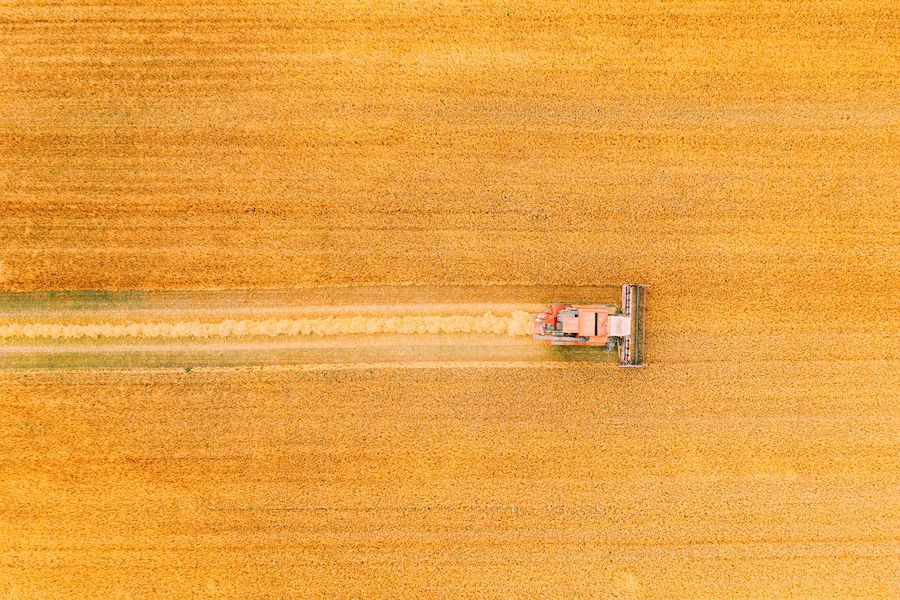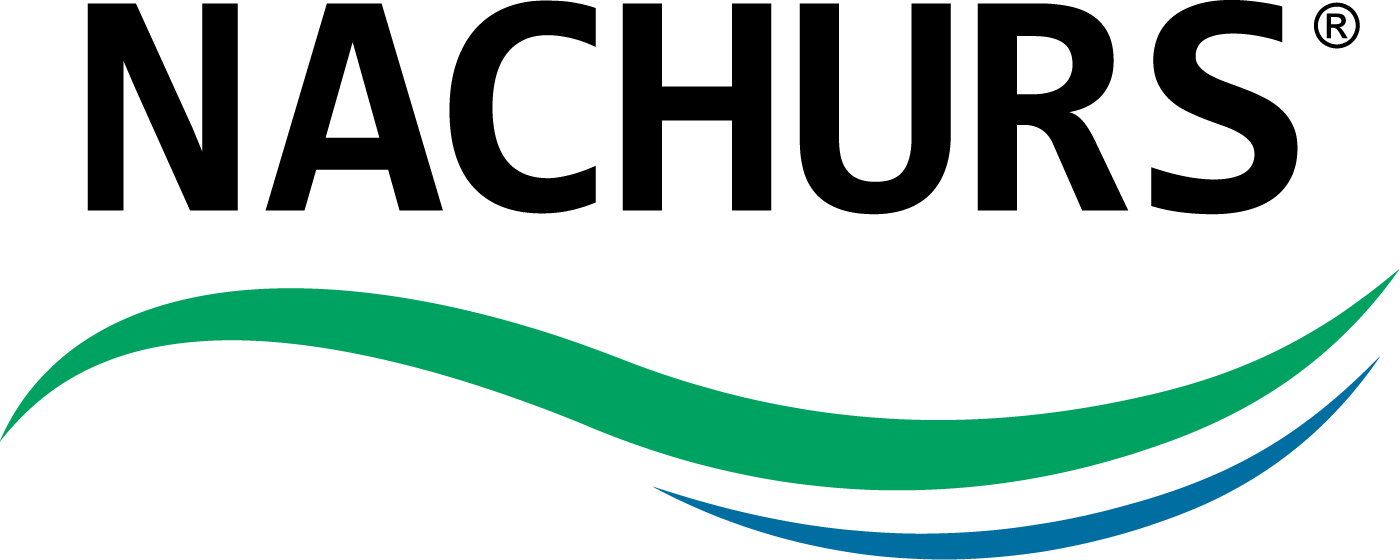AgroInsights- Harvest & Hibernation

Jill Herold, Sales Agronomist US West
The 2023 season is coming to a close. Grain fields have or will be combined soon, corn chopped, potatoes and sugar beets dug. Or if you are in wheat country you might be thinking about planting winter wheat. What about those crops that are permanent or perennial? Like orchard crops or hay/alfalfa.
Fall is a good time to make certain applications, whether for fallow ground or a permanent/perennial crop. Take weed control for example, with the right mode of action you can get better weed control with certain species in the fall since plants are moving nutrients into their roots to prepare for dormancy into winter. Early in my career I spent several years crop consulting, and on alfalfa/hay ground we always advised in the fall to “put it to bed wet” meaning to water up the soil profile going into winter to help protect the roots and to help it “wake up” better in the spring. Why not take these same principles and apply them to plant nutrition? Potassium is responsible for over 60 different plant processes, such as stress mitigation, plant immune response, cold tolerance, and it can move in BOTH the xylem and phloem carting other nutrients where they need to go in the plant. Wouldn’t it make sense, just as a bear going into hibernation builds on fat reserves for the winter, that crops like alfalfa/hay or even orchards/vines might benefit from some added nutrition to better survive the winter/dormancy and wake up “on the right side of the bed” in the spring?!
Let’s consider winter wheat; those seedlings will need a good start to get up and be able to survive the winter. Dry fertilizers might ultimately seem a better option in the beginning, but with a dry prill here, one over there, are those seedling roots going to be able to reach it in time to utilize those nutrients? Dry fertilizers need moisture to breakdown and become plant available, this takes time and of course moisture, both of which we don’t typically get a lot of in the fall. Liquid fertilizer is more plant available, and when applied with the planter, those nutrients are in straight shot of the seedling roots. Another advantage to many of the NACHURS liquid fertilizers is the low salt content allowing for closer placement to the seed.
As we start to head into fall, I know the last thing on our minds is next year’s fertility plans and early buy of fertilizers. However, some ‘food for thought’ to consider before you just write off any ideas of filling up your tanks this fall…it might be a good idea for your crops to “put them to bed with a full belly”. NACHURS is offering a deal for early buy and early take. Considering how shipping and supply chain ripples impacted agriculture this past spring it would behoove you to give it some thought to ensure you have what you and your crops need going into next year.
For more information contact your local NACHURS sales manager or sales agronomist.












